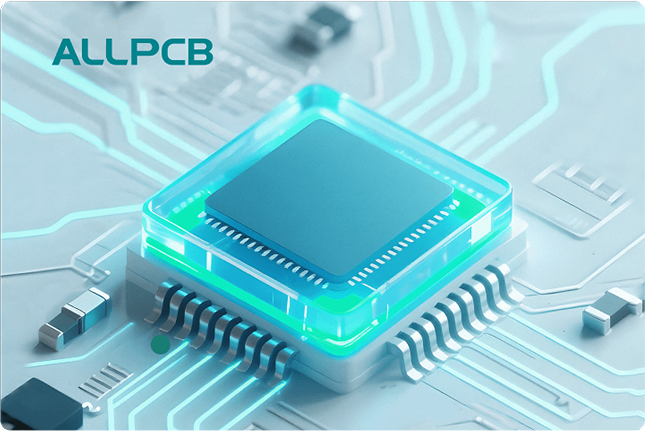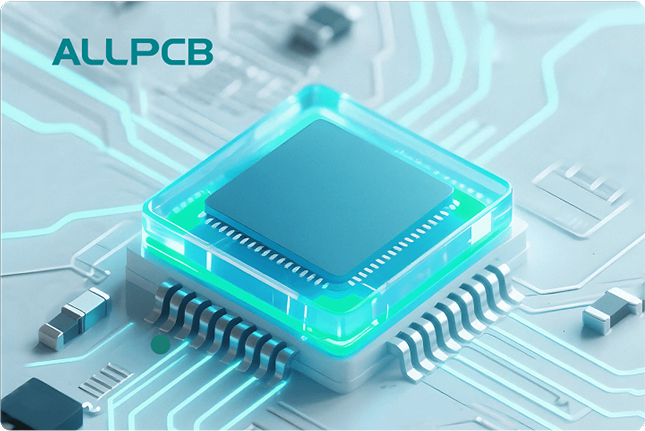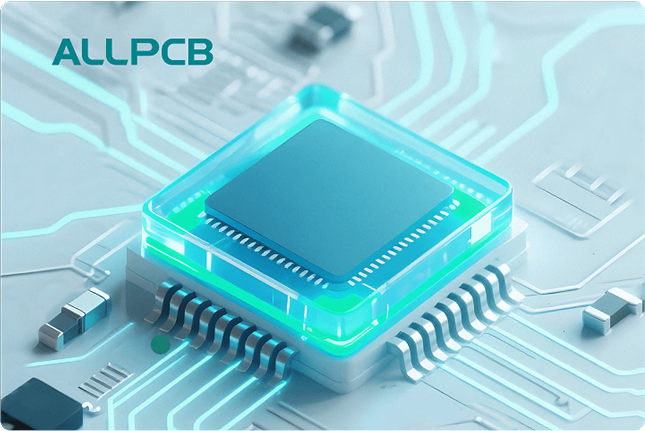In the fast-paced world of electronics manufacturing, precision is everything. When it comes to testing printed circuit boards (PCBs), In-Circuit Testing (ICT) fixtures play a vital role in ensuring components function as intended. But how do you guarantee that your ICT fixtures deliver accurate and reliable results? The answer lies in proper calibration. In this comprehensive guide, we’ll dive into the ICT fixture calibration process, explore calibration standards, discuss the frequency of calibration, highlight essential calibration equipment, and share tips for improving measurement accuracy during PCB testing. Whether you’re an electronics engineer or a quality control specialist, this blog will equip you with the knowledge to maintain high testing standards.
What Is ICT Fixture Calibration and Why Does It Matter?
ICT fixture calibration is the process of adjusting and verifying the accuracy of test fixtures used in In-Circuit Testing. These fixtures connect a PCB to a test system, allowing engineers to check for shorts, opens, and component functionality. Without proper calibration, even the most advanced ICT setup can produce inaccurate measurements, leading to defective products slipping through quality checks or unnecessary rework.
Calibration ensures that the fixture’s electrical connections, probe pressures, and signal paths align with expected performance standards. For example, a misaligned probe might fail to make proper contact with a test point, resulting in a false failure reading. By calibrating regularly, you minimize errors, improve product reliability, and save time and costs in the long run.
Understanding the ICT Fixture Calibration Process
The ICT fixture calibration process involves several key steps to ensure the fixture performs accurately under real-world testing conditions. Below, we break down the process into manageable parts:
1. Initial Inspection and Setup
Before calibration begins, inspect the ICT fixture for physical damage or wear. Look for bent probes, worn-out connectors, or debris that could interfere with testing. Ensure the fixture is properly mounted on the test system and all connections are secure. This step prevents unnecessary calibration errors caused by external factors.
2. Reference Measurement with a Standard
Calibration starts by comparing the fixture’s measurements against a known standard or reference board. This reference board mimics a perfect PCB with predefined values for resistance, capacitance, and other electrical parameters. For instance, a resistor on the reference board might have a known value of 100 ohms with a tolerance of ±0.1%. The ICT system measures this component through the fixture, and any deviation indicates a need for adjustment.
3. Adjusting Probe Contact and Signal Integrity
Probes are the heart of an ICT fixture, and their contact quality directly affects measurement accuracy. During calibration, adjust the probe pressure to ensure consistent contact with test points. Additionally, check signal integrity by measuring impedance along the signal path. High impedance, often above 50 ohms in high-frequency applications, can distort signals and lead to inaccurate readings. Use calibration tools to fine-tune these parameters.
4. Verification and Documentation
After adjustments, run a final test using the reference board to verify that measurements fall within acceptable limits. Document the results, including any deviations and corrective actions taken. This documentation serves as a record for quality audits and helps track the fixture’s performance over time.
Calibration Standards: The Backbone of Reliable Testing
Adhering to calibration standards is crucial for ensuring consistency and traceability in ICT testing. These standards define acceptable limits for measurement accuracy and provide guidelines for calibration procedures. Let’s explore some key aspects of calibration standards relevant to ICT fixtures:
Industry-Recognized Standards
Many industries follow standards set by organizations like the International Organization for Standardization (ISO) or the Institute of Electrical and Electronics Engineers (IEEE). For instance, ISO/IEC 17025 outlines requirements for testing and calibration laboratories, ensuring that measurements are traceable to national or international benchmarks. Following such standards guarantees that your ICT fixture calibration aligns with global best practices.
Traceability to National Standards
Traceability means that calibration results can be linked back to a primary standard, often maintained by a national metrology institute. For example, a calibration tool used for ICT fixtures might be verified against a standard resistor with a known value certified by a recognized authority. This traceability builds confidence in your testing process and ensures compliance with regulatory requirements.
Manufacturer Guidelines
Beyond industry standards, ICT fixture manufacturers often provide specific calibration protocols tailored to their equipment. These guidelines might include recommended tolerances for probe resistance (e.g., less than 10 milliohms per probe) or acceptable signal loss in decibels. Always refer to these manuals during calibration to avoid voiding warranties or compromising fixture performance.
How Often Should You Calibrate? Frequency of Calibration
Determining the frequency of calibration for ICT fixtures depends on several factors, including usage intensity, environmental conditions, and the criticality of the application. Here are some general guidelines to help you establish a calibration schedule:
Usage-Based Calibration
If your ICT fixtures are used heavily—say, testing thousands of PCBs daily—calibration might be needed as often as once a week. High usage increases wear on probes and connectors, leading to gradual degradation in measurement accuracy. For lower usage, a monthly or quarterly calibration may suffice.
Environmental Factors
Environmental conditions like temperature and humidity can affect fixture performance. For instance, a testing facility operating at 85% humidity might cause corrosion on probe tips, necessitating more frequent calibration. Monitor these conditions and adjust your schedule accordingly, especially if you notice inconsistent test results.
Critical Applications
In industries like aerospace or medical device manufacturing, where a single defective PCB can have catastrophic consequences, calibration might be required before every major production run. Even a small error, such as a 0.5% deviation in resistance measurement, could lead to significant issues in these fields.
As a starting point, many manufacturers recommend calibrating ICT fixtures every 3 to 6 months under normal conditions. However, always tailor this frequency based on your specific needs and track performance metrics to identify when calibration is necessary.
Essential Calibration Equipment for ICT Fixtures
Using the right calibration equipment is critical for achieving accurate results. Below are some common tools and devices used in the ICT fixture calibration process:
Reference Boards or Golden Samples
A reference board, often called a "golden sample," serves as the benchmark for calibration. These boards are designed with known electrical values and are used to simulate a perfect PCB. Ensure that your reference board is certified and regularly verified to maintain accuracy.
Multimeters and Oscilloscopes
High-precision multimeters measure resistance, voltage, and current to verify probe performance. For example, a multimeter with a resolution of 0.01 milliohms can detect subtle changes in probe contact resistance. Oscilloscopes, on the other hand, help analyze signal integrity by displaying waveforms and identifying distortions in high-frequency signals (e.g., above 1 MHz).
Calibration Software
Many modern ICT systems come with dedicated software for calibration. This software automates the comparison of measurements against standards and flags discrepancies. It can also store historical data, making it easier to track trends and predict when recalibration is needed.
Probe Testers and Pressure Gauges
Specialized probe testers measure the electrical continuity and resistance of individual probes, ensuring they meet specifications. Pressure gauges help adjust the force exerted by probes on test points, typically targeting a range of 100 to 200 grams of force per probe for optimal contact without damaging the PCB.
Tips for Improving Measurement Accuracy in PCB Testing
Beyond calibration, there are several strategies for improving measurement accuracy during ICT testing. Implementing these practices can enhance the reliability of your results and reduce the likelihood of errors.
Regular Maintenance of Fixtures
Calibration alone isn’t enough if the fixture itself is in poor condition. Clean probes regularly to remove dirt or oxidation, and replace worn-out components promptly. A single damaged probe can skew measurements across an entire test cycle, leading to false positives or negatives.
Minimize Environmental Interference
Electrical noise from nearby equipment or fluctuations in temperature can interfere with ICT measurements. For instance, a temperature swing of 10°C can alter resistance readings by up to 0.4% in some components. Use shielding to reduce electromagnetic interference and maintain a stable testing environment.
Optimize Test Point Design
The design of test points on a PCB impacts measurement accuracy. Ensure test points are large enough (at least 1 mm in diameter) and spaced adequately to avoid probe misalignment. Work with your design team to incorporate these considerations during the PCB layout phase.
Train Staff on Best Practices
Human error can undermine even the most well-calibrated ICT fixture. Train your team on proper handling, setup, and calibration procedures. For example, ensure they know how to interpret calibration data and recognize when a fixture requires immediate attention.
Common Challenges in ICT Fixture Calibration and How to Overcome Them
Despite best efforts, challenges can arise during the calibration process. Here are a few common issues and practical solutions:
Probe Wear and Inconsistent Contact
Over time, probes can wear out, leading to poor contact with test points. Regularly inspect probes for signs of wear, such as flattened tips, and replace them as needed. Consider using spring-loaded probes with a lifespan of over 100,000 cycles for durability.
Signal Path Degradation
Signal paths in older fixtures may degrade, causing signal loss or noise. Measure impedance along critical paths during calibration, and replace damaged wiring or connectors if values exceed acceptable limits (e.g., 0.5 ohms for low-frequency signals).
Software or Firmware Issues
Outdated software can lead to calibration errors. Ensure your ICT system’s firmware and calibration software are up to date to avoid compatibility issues or incorrect data interpretation.
The Benefits of a Well-Calibrated ICT Fixture
Investing time and resources into proper ICT fixture calibration yields significant benefits. First, it enhances product quality by catching defects early in the manufacturing process. Second, it reduces costs associated with rework or customer returns due to faulty PCBs. Finally, it boosts efficiency by minimizing downtime caused by inaccurate test results. For instance, a well-calibrated fixture can reduce false failure rates from 5% to under 1%, saving hours of troubleshooting per batch.
Conclusion: Prioritize Calibration for Reliable PCB Testing
Calibrating ICT test fixtures is not just a routine task—it’s a cornerstone of accurate and reliable PCB testing. By following a structured ICT fixture calibration process, adhering to calibration standards, setting an appropriate frequency of calibration, using the right calibration equipment, and focusing on improving measurement accuracy, you can ensure your testing systems perform at their best. Regular calibration, combined with good maintenance practices and staff training, will help you achieve consistent results, maintain high product quality, and stay ahead in the competitive electronics industry.
At ALLPCB, we’re committed to supporting your manufacturing journey with resources and expertise. Keep your ICT fixtures in top shape, and you’ll see the difference in every PCB you produce.
 ALLPCB
ALLPCB







